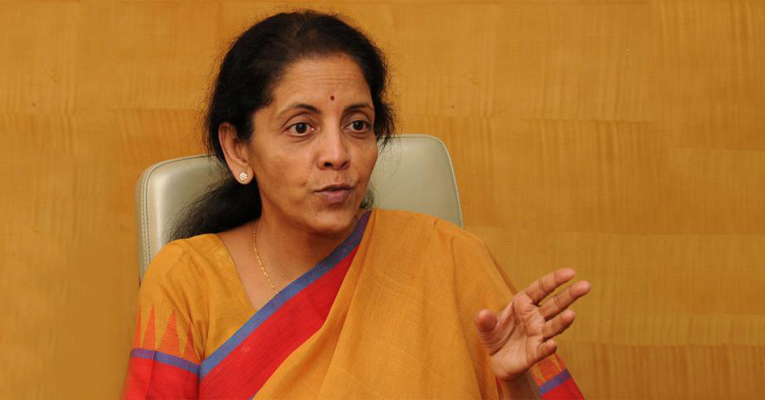Expert panel suggests corridor wise SPVs for developing Dedicated Freight Corridors

May 06, 2017: The development of Dedicated Freight Corridors has emerged as one of the key solutions to improving logistics in India. The emphasis is on connecting centres of economic importance in the most efficient ways using an optimal, multi-modal mix of transport, so that there is consistent and congestion free passage of cargo along key routes. Such efficient transport of cargo will bring about the much needed reduction of logistics cost.
A special session at the India Integrated Transport & Logistics Summit (IITLS) discussed the key issues related to the development of such corridors. Union Minister of State, Commerce & Industry Nirmala Sitharaman addressed the session that was chaired by NHAI Chairman Yudhvir Singh Malik and co-chaired by Vinayak Chatterjee, Chairman, CII National Committee on Infrastructure & PPP.
As a means for developing an efficient transport system, the panel discussed themes like adopting corridor approach to road development with considerations for logistics and last mile connectivity , need for comprehensive ecosystem to promote coastal shipping, adopting global models to accelerate development of inland terminals and whether coastal shipping & inland waterways will drive the next wave of logistics cost transformation.
The government has taken steps to improve the national highway network by setting up of six corridors (4 legs of Golden quadrilateral, North-South & East-West corridors). These corridors carry 35 percent of total road freight.
Additionally, with 14,500 kilometre of navigable inland waterways and a 7,500-km coastline, India has an immense potential for inland and coastal transportation. However, transportation through inland waterways has a share of less than 5 percent in the total logistics volumes. In comparison, China and EU transport about 45 percent of shipments through inland waterways. There are cost benefits of transportation through waterways and coastal shipping, with cost of these modes being half of competing modes like road and rail.
Government has taken visible steps to promote coastal shipping and inland waterway transport as viable alternates to road and rail by compensating the costs incurred on first mile and last mile connectivity, for the commodities with potential to be moved through inland waterways or coastal network. Government has also announced measures under the Sagarmala program for port-led development of coastal areas to enable multi modal transportation.
In his presentation, Jose Luis Irigoyen, Senior Director, World Bank Transport & ICT Group emphasized on physical planning, adequate institutions and governance, and apt policy instruments as key enablers for development and management of economic corridors. He also highlighted areas in the corridor development program where World Bank could add value. Anil Devli CEO, INSA talked about the need to enhance the share of waterways in transport of cargo. HFW de Leijer, Partner, STC NESTRA, Netherlands presented a theoretical framework for the development of economic corridors and showcased the role of inland ports. He also discussed the concept of bundling cargo and presented about internationally adopted best practices.
The panel discussion that followed flagged the importance of administrative and procedural interventions. Members also discussed the constraints and challenges before the railways and ports sectors. The panel talked about several institutional frameworks for the execution of corridor development and among other suggestions, a corridor-wise SPV (Special Purpose Vehicles) was discussed.




